Table of Contents
ToggleFirst of all,
Among the most hardy and ubiquitous pests known to man are cockroaches. The American cockroach is unique among the other species because of its flexibility and extensive distribution. We explore the types, characteristics, and problems that American cockroaches provide to homes and ecosystems in this extensive book.
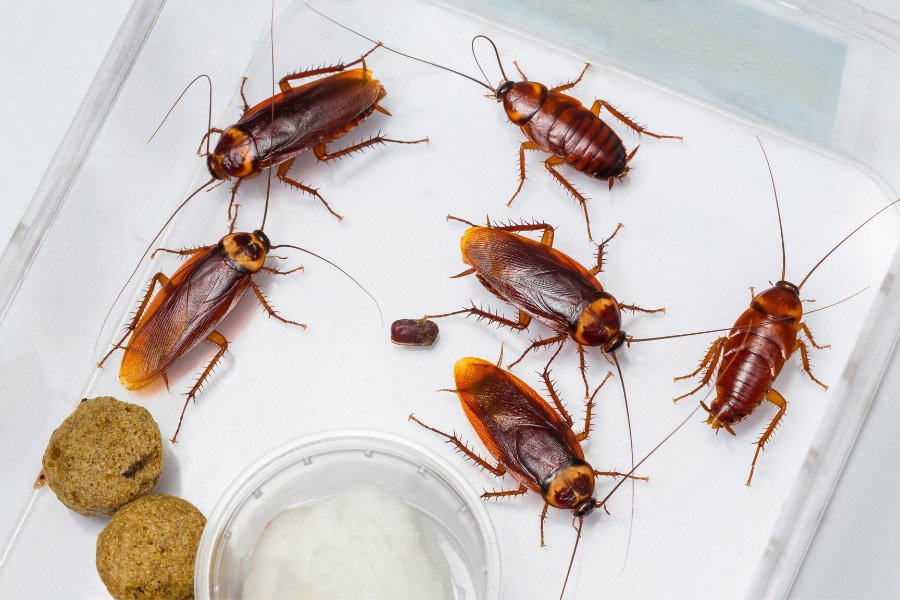
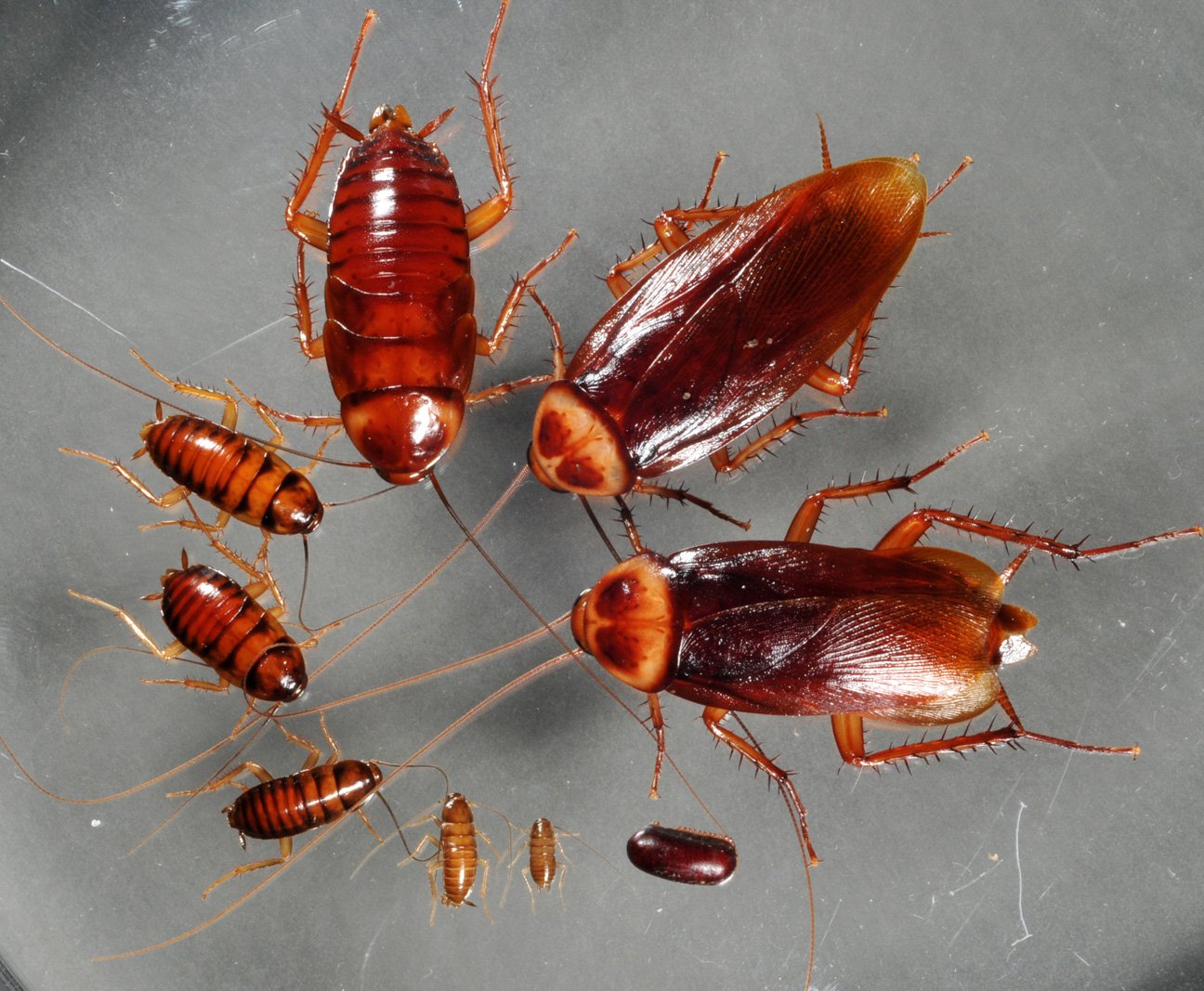
Understanding the American Cockroach
One of the biggest cockroach species in the world is the American cockroach, or Periplaneta americana as it is officially named.
It is said to have originated in Africa, despite its name. But thanks to trade and human activities, it has effectively spread around the world, especially in warmer climates.
Types of American Cockroaches
Despite being a single species, American cockroaches vary within populations, giving rise to distinct physical traits. Geographical location, environmental conditions, and genetic characteristics are frequently blamed for these variances. Both the typical adult form and the juvenile (nymph) stage of the insect are common varieties of American cockroaches.
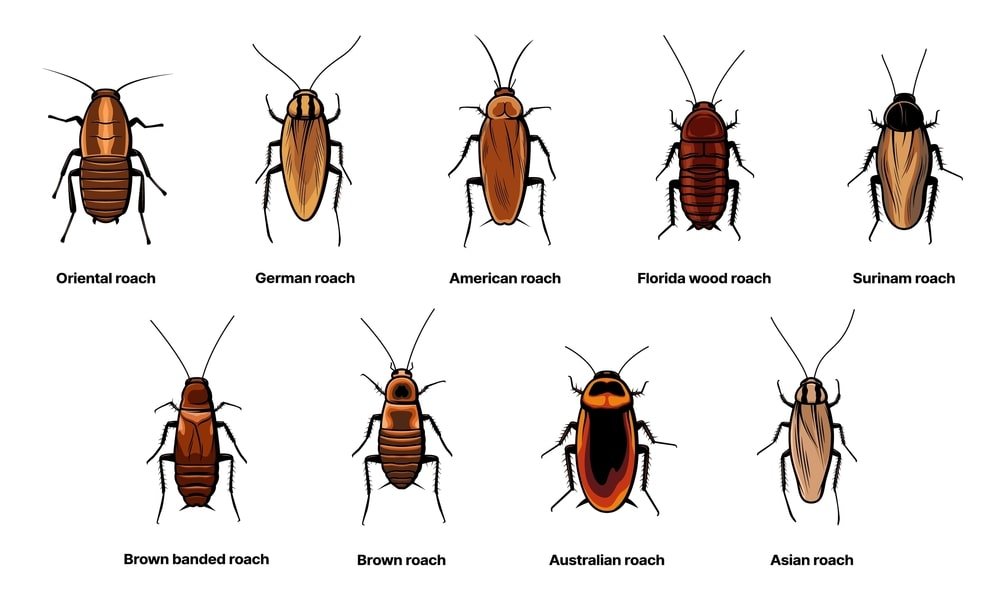
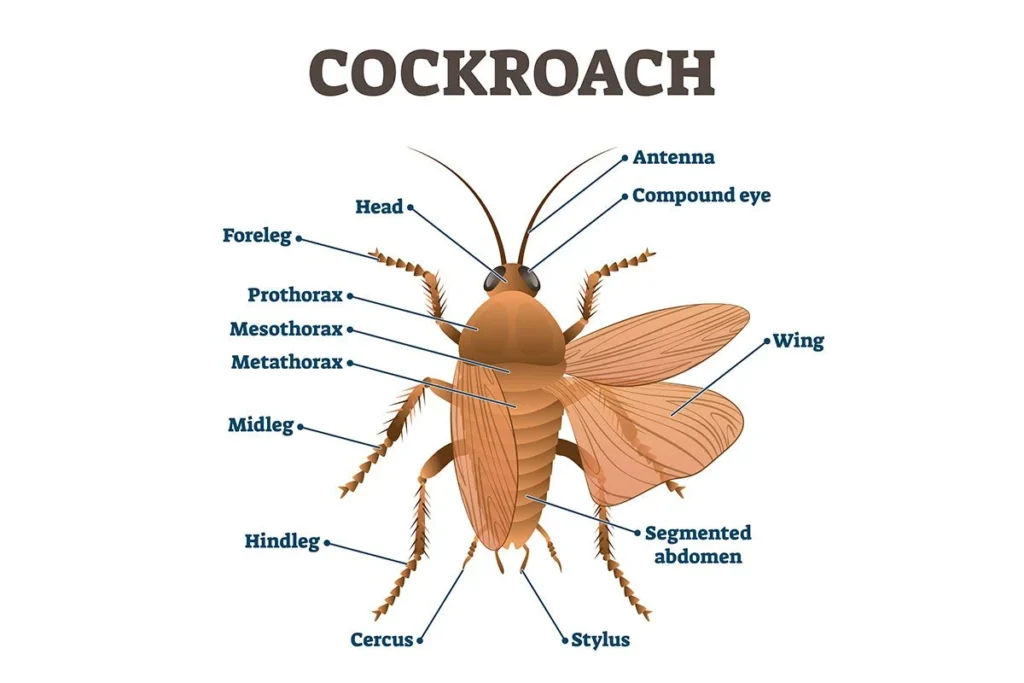
Traits and Characteristics
The American cockroach has a number of characteristics that help it survive and spread. Among them are:
- Environmental adaptability: Urban areas, sewers, basements, and outdoor spaces are just a few of the settings in which American cockroaches can flourish.
- Nocturnal behavior: They are mostly active at night, when they search for food and cover from the dark.
- Omnivorous diet: As scavengers, American cockroaches will eat nearly anything, including organic materials, decomposing matter, and leftover meals.
- Rapid reproduction: An American cockroach’s population can develop exponentially when a single female produces many egg cases, each containing dozens of eggs.
- Resistance to extermination techniques: American cockroaches are difficult to eradicate once established because they have evolved resistance to several conventional insecticides.
The Impact on Human Environments
The existence of American cockroaches in human environments can lead to a number of detrimental effects:
- Health risks: Because cockroaches are known to be carriers of allergens and infections, they increase the chance of contracting diseases and making respiratory disorders like asthma worse.
- Food and surface contamination: Because of their foraging habits, there is a higher chance of foodborne infections in areas used for food preparation and storage.
Property damage: By biting through paper goods, textiles, and even electrical wiring, American cockroaches can eat away at structures, putting homes and buildings at risk of fire.
Control and Preventive Actions
Controlling American cockroach infestations necessitates a thorough approach due to their adaptability and resilience:
- Sanitation: By keeping areas clean and using appropriate hygiene techniques, you can reduce the availability of food and water, which can deter cockroach activity.
- Sealing access points: Cockroaches can’t enter buildings if gaps and fissures in the walls, floors, and foundation are closed.
Moisture control: Since cockroaches prefer moist settings, sealing leaks and lowering humidity levels can keep them away.
Chemical treatments: To effectively target cockroach populations, an integrated pest management approach may include the use of insecticides and baits.
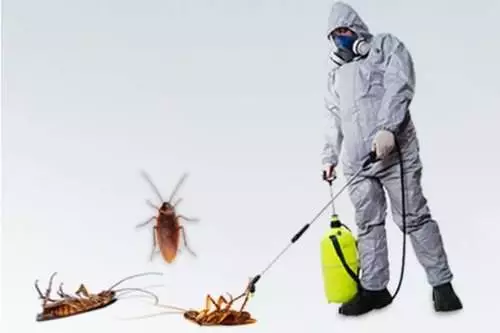
In summary
With its many varieties and hardy characteristics, the American cockroach is still a dangerous pest in suburban and urban settings. To minimize the threats it poses to human health and well-being and to adopt effective control measures, it is imperative to have a thorough understanding of its biology and behavior. In order to lessen the effects of American cockroach invasions and guarantee safer, healthier living environments for everybody, households and communities should implement proactive preventative measures and seek professional assistance when necessary.

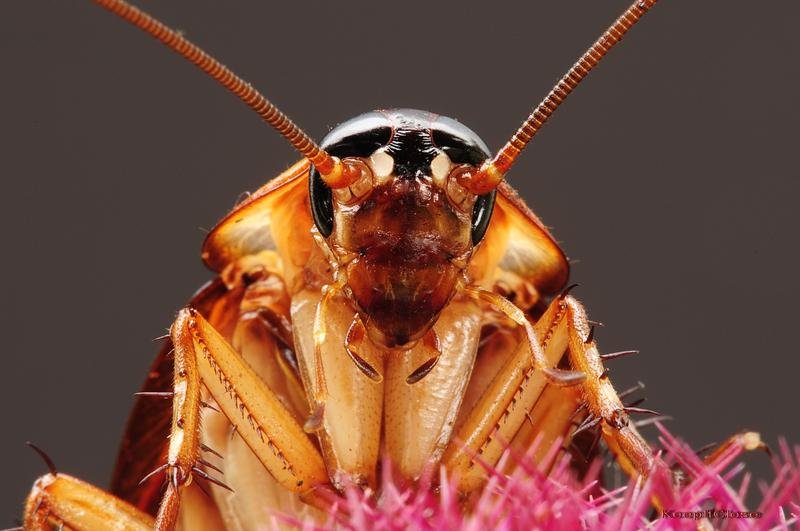
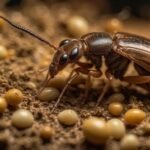


Pingback: - PEST MASTER SOLUTION